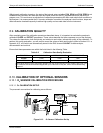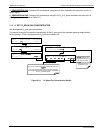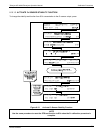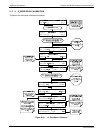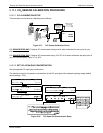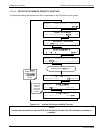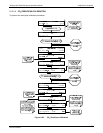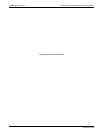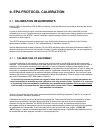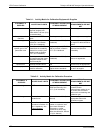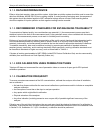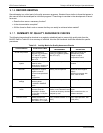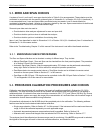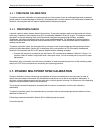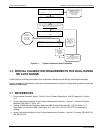
197
9. EPA PROTOCOL CALIBRATION
9.1. CALIBRATION REQUIREMENTS
If the M100E is to be used for EPA SLAMS monitoring, it must be calibrated in accordance with the instructions
in this section.
In order to insure that high quality, accurate measurements are obtained at all times, the M100E must be
calibrated prior to use. A quality assurance program centered on this aspect and including attention to the built-in
warning features of the M100E , periodic inspection, regular zero/span checks and routine maintenance is
paramount to achieving this.
The US EPA strongly recommends obtaining a copy of the Quality Assurance Handbook for Air Pollution
Measurement Systems, Volume II, Part I (abbreviated Q.A. Handbook Volume II).
Special attention should be paid to Section 2.9 of the EPA handbook which deals with fluorescence based SO
2
analyzers and upon which most of this section is based. Specific regulations regarding the use and operation of
ambient sulfur dioxide analyzers can be found in 40 CFR 50 and 40 CFR 58.
9.1.1. CALIBRATION OF EQUIPMENT
In general, calibration is the process of adjusting the gain and offset of the M100E against some recognized
standard. The reliability and usefulness of all data derived from any analyzer depends primarily upon its state of
calibration. In this section the term dynamic calibration
is used to express a multipoint check against known
standards and involves introducing gas samples of known concentration into the instrument in order to adjust the
instrument to a predetermined sensitivity and to produce a calibration relationship. This relationship is derived
from the instrumental response to successive samples of different known concentrations. As a minimum, three
reference points and a zero point are recommended to define this relationship. The true values of the calibration
gas must be traceable to NIST-SRM (refer to Table 8-1).
All monitoring instrume
nt s
ystems are subject to some drift and variation in internal parameters and
cannot be expected to maintain accurate calibration over long periods of time. Therefore, it is necessary
to dynamically check the calibration relationship on a predetermined schedule. Zero and span checks
must be used to document that the data remains within control limits. These checks are also used in
data reduction and validation.
Table 9-1 summarizes the initial quality assurance activities for calibrating equipment. Table 9-2 is a matrix for
the actual dynamic
calibration procedure.
Calibrations should be carried out at the field monitoring site. The Analyzer should be in operation for at least
several hours (preferably overnight) before calibration so that it is fully warmed up and its operation has
stabilized. During the calibration, the M100E should be in the CAL mode, and therefore sample the test
atmosphere through all components used during normal ambient sampling and through as much of the ambient
air inlet system as is practicable. If the Instrument will be used on more than one range (i.e. DUAL OR
AUTO ranges), it should be calibrated separately on each applicable range. Calibration documentation should
be maintained with each analyzer and also in a central backup file.
04515F DCN6048



